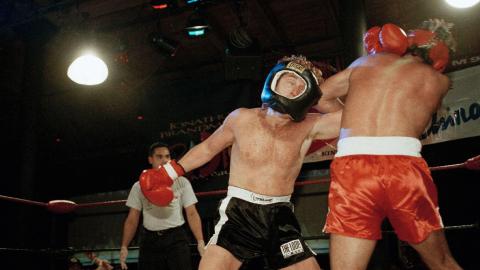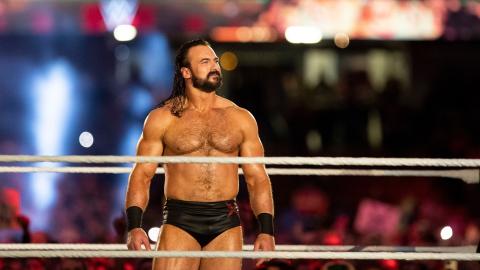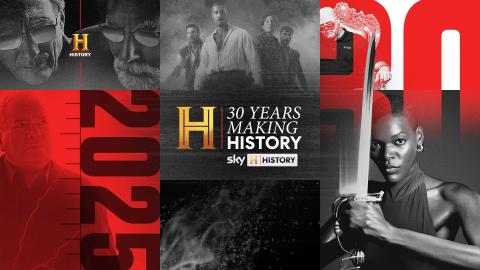European Invasion
My soul's desire was to do the natives good.
Roger Williams, an exceptional settler
INDIANS?
About 30,000 years ago, the ice age froze so much water that it exposed a previously submerged piece of terrain; the land-bridge, the Bering Straits. Humans cross from the most eastern part of Asia into the most western part of North America. Civilizations rise, Mayan, Aztec and Inca, but none enter even the Iron Age, partly due to a lack of accessible tin and iron deposits.
But as top predator, they're suspected of making extinct several species, including the American horse. Without draught animals, the wheel can't be exploited. The natives' numbers and weaponry are enough, however, to see off Viking landings in the eleventh century. When Columbus encounters them in the fifteenth century, he thinks he's in Asia and calls them Indians. 20th century cowboy films depict Indians as savages. In reality, from the original Plymouth pilgrims to later explorers like William and Clarke, Americans depend on a native people adapted to each and every environment.
90% KILL RATE
Many massacres were to come, on either side, but natives are first devastated by the infections the Europeans bring with them: measles, smallpox and yellow fever. With no immunity, only one in ten survive. European military technology will eventually be decisive, but initially, the depleted natives still possess the numbers and they can fire arrows nine times faster than their enemies can reload their muskets. But Spanish conquest up South and Central America is inexorable. North America is next.
MR SMITH MEETS THE NATIVES
Militarily, the Spanish are first, but it's the British who colonise. In 1605, five natives are taken to England to prove the New World existed and its habitants malleable, in order to attract investment.
In 1607, sixty starving English settlers establish Jamestown in the middle of a 20,000 strong, Powhatan empire. Soldier of fortune, Captain John Smith makes first contact. He intimidates the natives into providing maize. But then he's captured and he's about to be executed when Pocahontas intervenes. An uneasy truce ensues, but it's aggravated by the settler's need for new tobacco fields which means constant expansion into natives' lands.
In March 1622, the natives retaliate and massacre a third of the 1,200 settlers in the first 'Indian' uprising. In response, the British send more arms. The subsequent killings stop any native problems for 20 years. In 1644, what's left of the Powhatan empire rises again. Their leader is shot in the back and within a few years, an empire of 20,000 is reduced to under 2,000.
It's the same story for the tribes that met the Plymouth pilgrims. In 1675, Metacom, or 'King Philip', the son of the chief behind the Thanksgiving peace of 1621, attempts to unite the tribes of southern New England against further European expansion. But it's always a numbers game. The settlers lose 1.5% of their people. The natives lose 15%. King Philip is executed like a criminal. His supporters are sold into slavery. In terms of a European invasion, the beach-head had been secured.
Did you know?
It was the Native Americans who introduced Europeans to smoking tobacco. In doing so, they inadvertently had revenge on their European invaders who had destroyed hundreds of thousands of the Native Americans with smallpox and measles. Some estimate that in the 20th century, deaths from smoking in the developed world (mainly the US and Europe) exceeded 700 million. , The 'savage natives' were often shocked by European customs such as child-beating or exclusive family loyalty. As one native American said to a priest, 'you love only your own children, but we love all children.', Not all the Native American tribes were fearful of the new arrivals. The coastal tribes of South Carolina welcomed the planting of Charles Town in 1670 as it protected them from the wild tribes of the interior.
Hugh Brogan: The Penguin History of the United States















